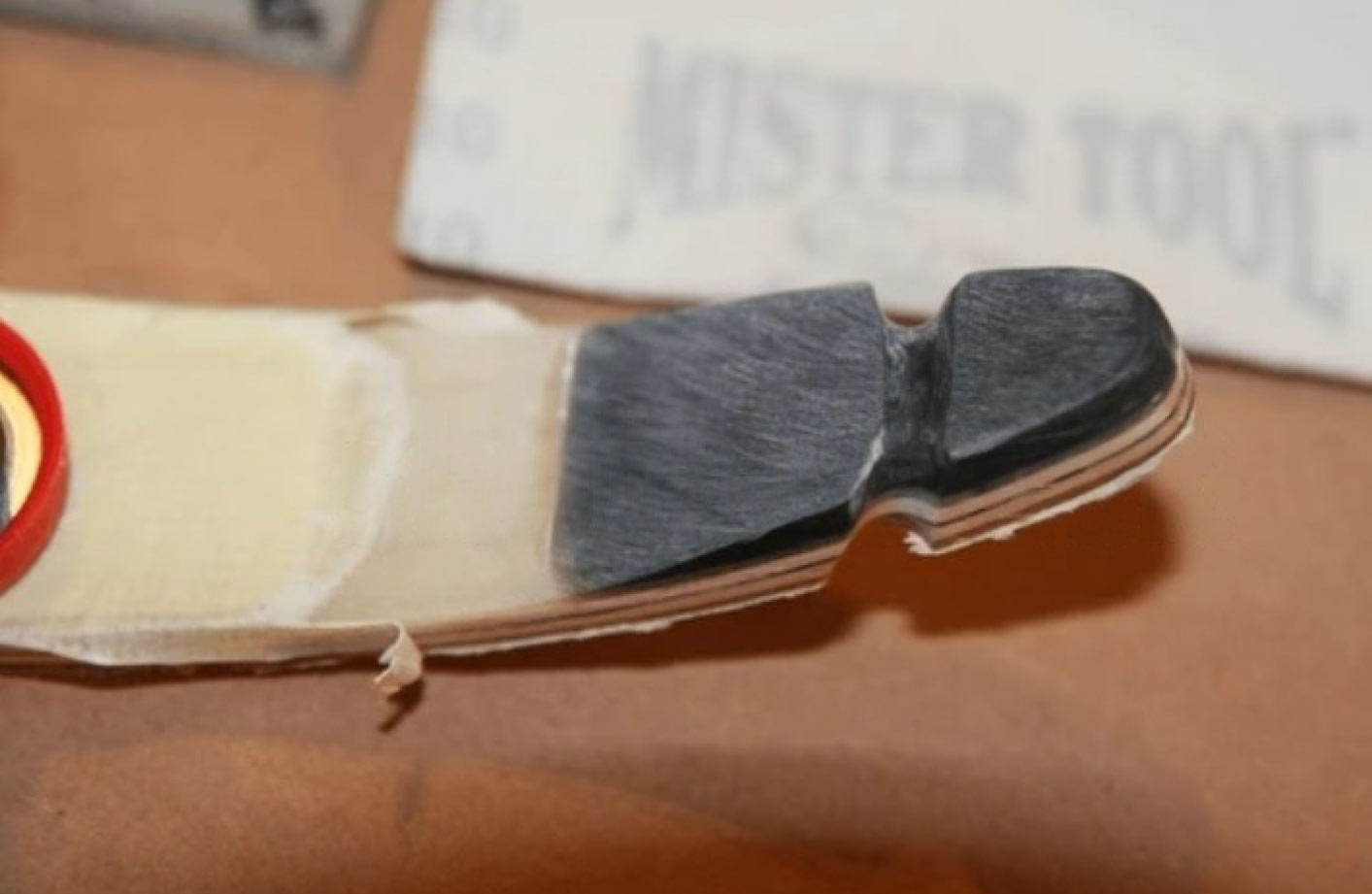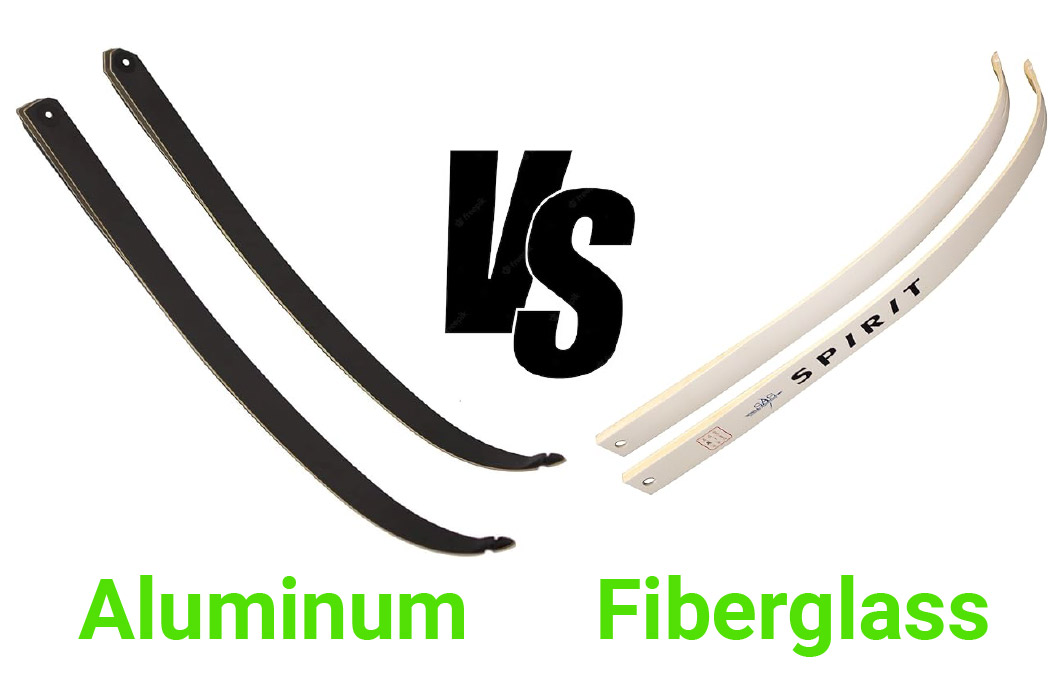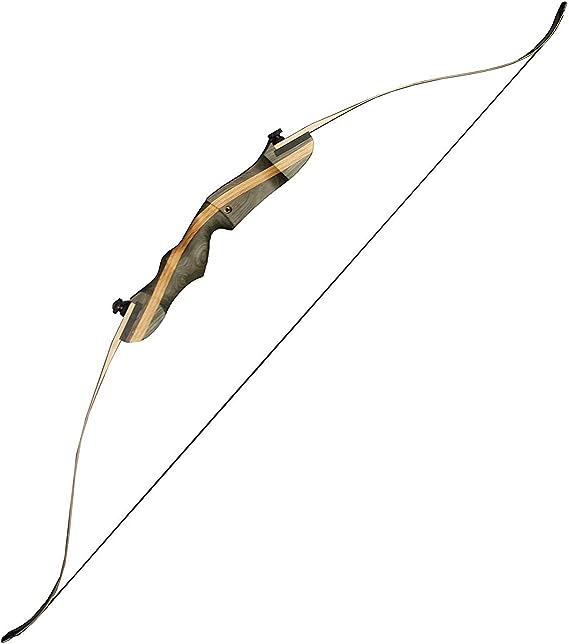Recurve bow and crossbow are two popular weapons in the world of archery. While both can be effective tools for hunting and target shooting, they have distinct differences in terms of power, accuracy, and versatility.
In this blog post, we will compare a recurve bow vs crossbow to help you determine which one is right for you.
Recurve Bow vs Crossbow: Draw Weight, Velocity, Accuracy and Reload Time Comparison
Recurve Bow
When it comes to archery, one of the most popular types of bows is the recurve bow. Unlike compound bows or crossbows that rely on cables and pulleys, a recurve bow uses a simple design that allows for versatility in shooting styles.
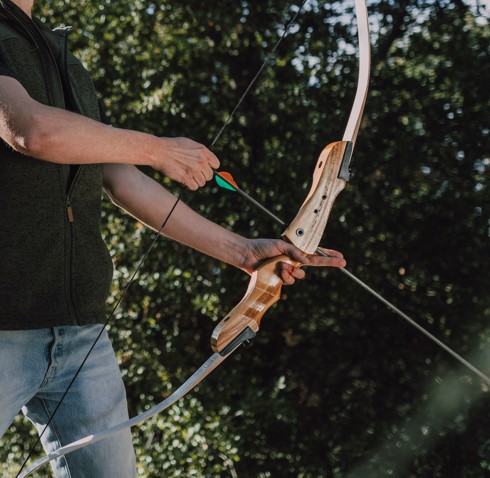
One important factor to consider when choosing a recurve bow is its draw weight. Higher draw weights can result in faster arrow speeds and a longer effective range, but they require more strength from the archer.
- Draw weight: A higher draw weight means faster arrow speeds and a longer effective range.
- Arrow speed: Recurve bows may have slower arrow speeds than compound bows or crossbows.
- Effective Range: The effective range depends on factors such as the skill level of the archer and environmental conditions.
On the other hand, crossbows are known for their power and accuracy. They use mechanical assistance to cock the bowstring, making them easier to shoot accurately than traditional recurves.
- Accuracy: Crossbows typically offer better accuracy due to their design.
- Arrows: Crossbow arrows are shorter and heavier compared to those used with a recurve bow.
- Compound Bows: Crossbows share some similarities with compound bows due to their mechanical components.
Crossbow
When it comes to hunting or target shooting, choosing between a recurve bow and a crossbow can be challenging. While both have their pros and cons, the latter is gaining popularity due to its power and versatility.
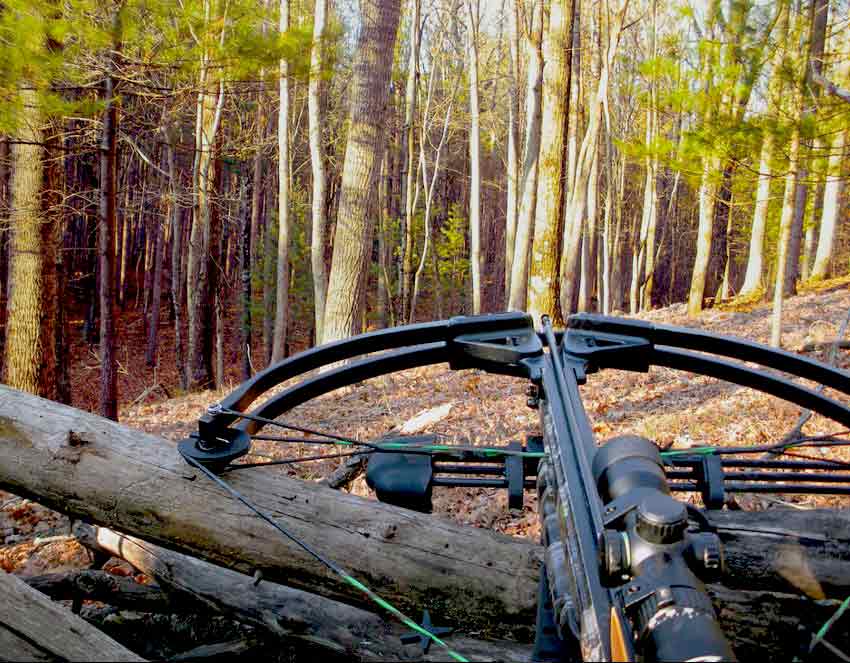

Here’s how draw weight, projectile velocity, and reload time stack up in the recurve bow vs crossbow debate:
- Draw weight: A compound bow may require only 60 pounds of force to pull, while a crossbow could take anywhere from 150 to 200 pounds. It means that if you’re not particularly strong or don’t have much experience with archery, a compound bow might be more comfortable for you.
- Projectile velocity: Crossbows are faster than bows because they rely on cables rather than strings to shoot arrows at high speeds. They provide an accuracy range of around fifty yards, making them suitable for long-range shots.
- Reload time: Crossbows take longer to reload compared with traditional bows as they need extra steps like cranking back the string before taking another shot.
Whether you’re an experienced archer or just starting out, getting familiar with these essential factors will help you decide which weapon suits your needs better.
Accuracy
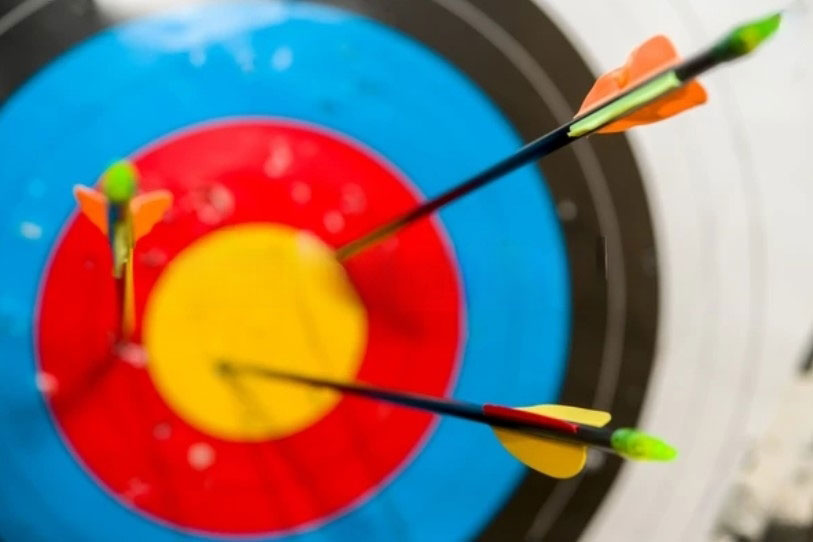

When it comes to accuracy, the recurve bow has a slight edge over the crossbow. This is because of its simpler design and lack of mechanical components that can affect precision.
With proper technique and practice, a skilled archer can consistently hit their intended target with pinpoint accuracy using a recurve bow.
This does not mean that crossbows are inherently inaccurate. In fact, modern crossbows have advanced features such as scopes and trigger mechanisms that can greatly enhance accuracy.
Recurve Bow vs Crossbow: Comparing Power, Accuracy, and Versatility in Archery Weapons
Recurve Bow
Recurve bows are a great option for those looking for a traditional and versatile bow. Draw weight and speed play an important role in choosing the right recurve bow, as they affect the power of your shots.
Aiming and shooting techniques are also crucial to master, as this will greatly affect accuracy. Ease of customization is another advantage of recurve bows, allowing you to adjust various aspects such as draw length or grip.
Here’s a quick bullet list summarizing some key points about recurve bows:
- Draw weight and speed to impact shot power.
- Aiming and shooting techniques are important for accuracy.
- Recurve bows offer easy customization options.
Crossbow
If you’re looking for a hunting or target-shooting weapon that packs a punch, crossbows may be just what you need. Crossbows are known for their power and accuracy, making them ideal for taking down a game from a distance or hitting small targets with precision. Here’s what you need to know about the key features of crossbows:
- Cocking mechanism and reloading time: Crossbows generally take longer to reload than recurve bows due to their cocking mechanisms. However, some models come with innovative systems that make reloading faster and easier.
- Scope options for enhanced accuracy: Many crossbow models come equipped with scopes or other sighting devices that can help improve your aim and increase your chances of hitting your target.
- Overall weight and portability: While crossbows tend to be heavier than recurve bows, many modern models are designed with portability in mind. Look for lightweight materials like carbon fiber or aluminum if you plan on carrying your bow for long distances.
When choosing between a recurve bow vs crossbow, it ultimately comes down to personal preference based on factors like intended use (hunting versus competition), skill level (novice versus expert), budget (entry-level versus high-end), as well as the pros and cons associated with each type of weapon, respectively.
Also the choice between a wood or fiberglass riser for a recurve bow is an important decision, as it can have an impact on the bow’s performance, feel, and durability.
When choosing a riser for your recurve bow, you can opt for either wood or fiberglass. Wood risers provide a classic look and vibration absorption, while fiberglass risers offer durability, stability, and a wider range of customization options. The choice depends on shooting style, and intended use.
Versatility
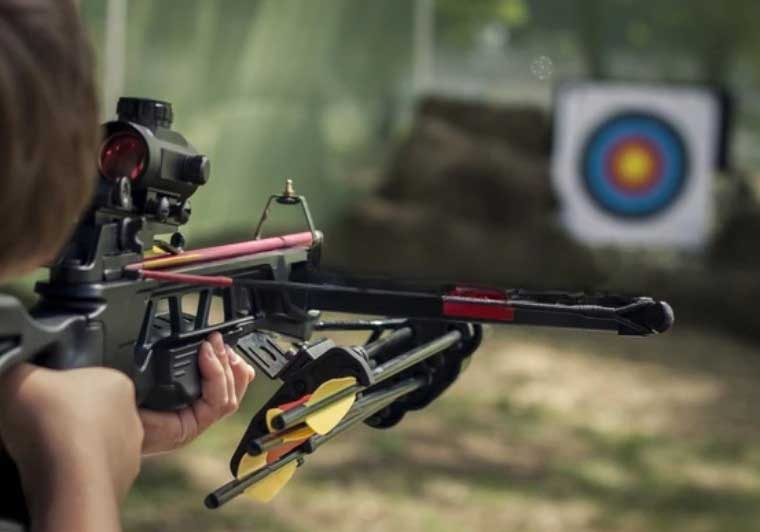

When it comes to versatility, the recurve bow takes the cake. With its lightweight and maneuverable design, a skilled archer can use it for a variety of activities such as hunting, target shooting, or even competition.
A recurve bow’s draw weight is also adjustable, making it an ideal choice for people with varying levels of strength.
On the other hand, crossbows are more specialized in their use due to their heavy and bulky nature. While they are powerful and accurate at long ranges, they lack the flexibility that comes with using a recurve bow.
Crossbows require more maintenance and setup time, which hinders their ability to be used for multiple purposes like a recurve bow can.
Recurve Bow vs Crossbow: Power, Versatility, and Ease of use in Archery Weapons
Recurve Bow
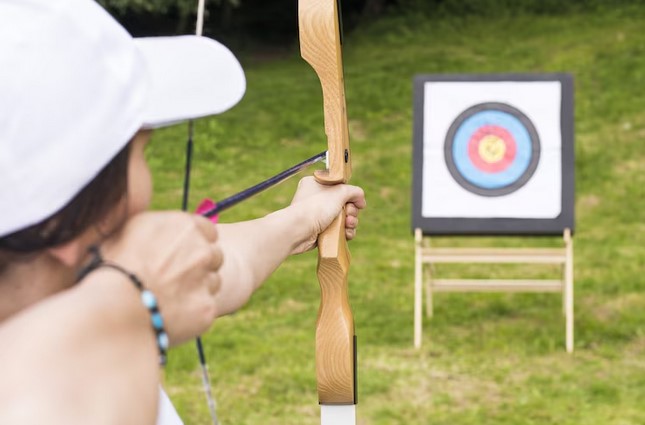

The recurve bow is a powerful and versatile weapon that has been used for thousands of years. Its design has evolved to become more efficient over time, leading to its continued use in hunting, target shooting, and competitive archery. Here are some important points to keep in mind about the recurve bow:
- History and Design: The recurve bow’s curved shape allows it to store more energy than a straight-limbed bow of equivalent length. This makes it an excellent choice for hunters who need enough power to take down the game at longer distances.
- Ease of Use and Maintenance: Recurve bows are relatively easy to use once you’ve mastered the proper technique, but they do require regular maintenance such as waxing the strings or replacing worn-out parts.
- Varied Application in Hunting, Target Shooting, and Competitive Archery: Whether you’re using it for hunting big game or competing against other archers on the range, the recurve bow can be adapted for a wide variety of uses.
Overall, the recurve bow is an excellent choice for anyone looking for a reliable weapon that combines power with flexibility. With proper care and practice, it can provide many years of reliable service across multiple applications.
Crossbow
The evolution and mechanics of the crossbow have made it a formidable weapon in hunting and target shooting. Compared to recurve bows, crossbows are easier to use as they require less strength to draw the string back, allowing for more accuracy with minimal effort. Crossbows provide advantages for specific types of hunting or target shooting, such as:
- increased accuracy at longer distances
- Better penetration power
- Quieter shots
The ease of use combined with the unique advantages make crossbows a popular choice among hunters and target shooters alike.
There are some drawbacks to using a crossbow. Firstly, they are much heavier and less versatile than recurve bows.
They also require more maintenance as their complex mechanisms are more prone to wear and tear. Crossbows are not allowed in certain hunting seasons or areas due to their power and range.
Recurve Bow vs Crossbow: A Comprehensive Comparison
| Category | Recurve Bow | Crossbow |
|---|---|---|
| Design | Consists of a single piece of flexible material (limbs) that curve away from the archer when unstrung. String is attached directly to the limbs. | Consists of a horizontal bow-like structure mounted on a stock, with the string held in a drawn position until released by a trigger mechanism. |
| Power | Requires the archer to draw and hold the bowstring to generate power for the shot. | Can be cocked and held at full draw using a mechanical device, allowing for longer aiming times and less physical effort. |
| Accuracy | Generally requires more practice and skill to achieve consistent accuracy due to the need for proper form, technique, and holding the bowstring while aiming. | Easier to achieve consistent accuracy due to the stability provided by the stock and the ability to hold the drawn position without straining. |
| Reload Time | Reloading a recurve bow involves manually nocking an arrow and drawing the bowstring each time. | Crossbows have a built-in mechanism for reloading, which typically involves cranking a lever or pressing a button to cock the string. This allows for quicker reloading compared to a recurve bow. |
| Range | Offers a shorter effective range compared to crossbows, typically around 50-60 yards. | Provides a longer effective range, often reaching up to 100 yards or more depending on the model. |
| Portability | Recurve bows are usually lightweight and easy to carry, making them suitable for hunting and mobile shooting. | Crossbows tend to be heavier and bulkier due to their design, making them less portable and requiring additional effort for transportation. |
| Stealth | Recurve bows are generally quieter to shoot, producing less noise upon release. | Crossbows can be louder due to the mechanical components involved in their firing mechanism. |
| Legal Restrictions | In some areas, recurve bows may have fewer legal restrictions, allowing for more flexibility in terms of ownership, hunting regulations, and transport. | Crossbows may be subject to specific regulations and restrictions, such as minimum draw weights, hunting seasons, and age requirements. Legalities can vary by region. |
| Skill Requirement | Requires more physical strength and skill to use effectively, as the archer must draw and hold the bowstring. | Requires less physical strength but still requires practice and skill to aim accurately and master the trigger release. |
It’s important to note that there can be variations and specific features within each category depending on the specific model of recurve bow or crossbow.
This chart provides a general overview of the main differences between the two types of archery equipment.
Conclusion
The recurve bows are versatile and offer easy customization options, but they may lack the power and accuracy of crossbows. Crossbows are more powerful and accurate, but they are heavier and take longer to reload.
Both can be highly accurate when used correctly, and proper form, technique, and high-quality arrows are essential for achieving accuracy.
While both recurve bow vs crossbows have their advantages and disadvantages, the choice ultimately depends on the intended use and personal preference of the archer.
By understanding the differences between these two weapons, archers can make an informed decision and choose the one that suits their needs best.
Frequently Asked Question:
Are recurve bows more difficult to use than crossbows?
Recurve bows can be more difficult to use initially as they require proper technique, but once mastered, they are relatively easy to use. Crossbows, on the other hand, are easier to use as they require less strength to draw the string back.
Which is better for competitive archery, a recurve bow vs crossbow?
Recurve bows are the traditional weapon of choice for competitive archery. However, some competitions may allow the use of crossbows, so it ultimately depends on the specific rules and regulations of the competition.
Do I need to perform regular maintenance on my recurve bow or crossbow?
Yes, both recurve bows and crossbows require regular maintenance. Recurve bows may need to be waxed and have worn-out parts replaced, while crossbows may require more complex maintenance due to their mechanisms.
Can crossbows be used for target shooting?
Yes, crossbows can be used for target shooting and may provide increased accuracy at longer distances and quieter shots compared to recurve bows.


